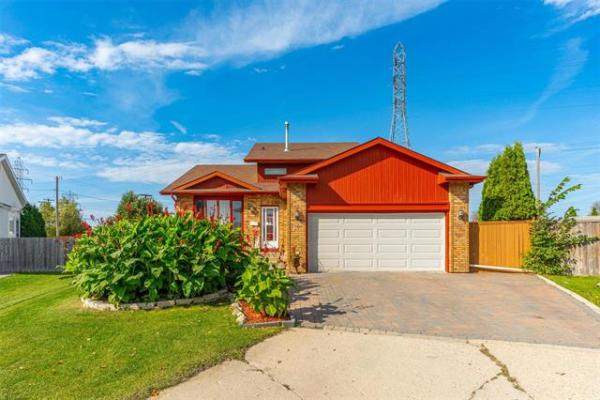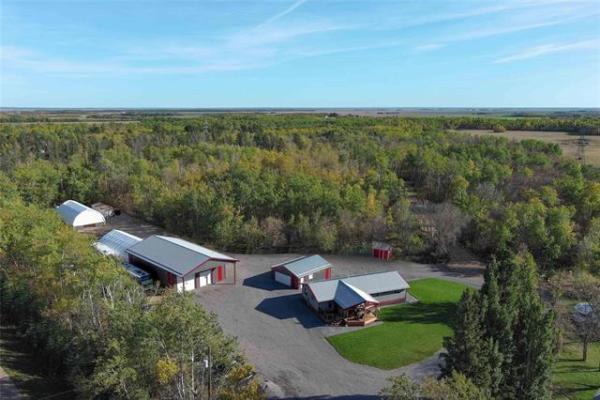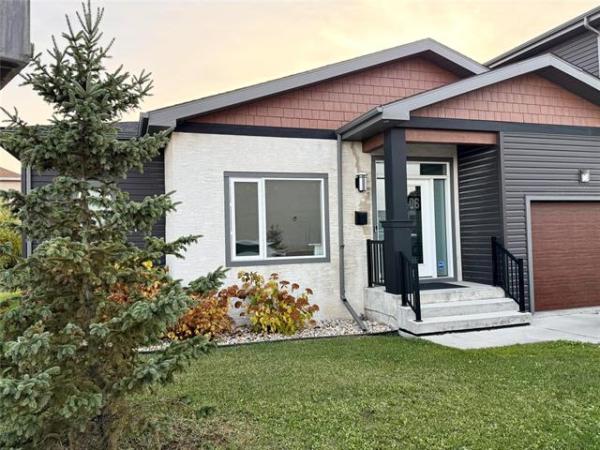Question: We built our bungalow in 2017 adjacent to a two-storey home and a walking path on the other side. Over the past seven years I’ve noticed that the wind circulates differently around our bungalow than the two-storey homes around us. In the winter months, especially during these large snow dumps, the wind creates a large snow drift on top of the roof and hangs down over top of my backyard.
This creates two issues for me. The first issue is the danger of having this overhanging in my backyard, as it is extremely heavy and shakes my house when it falls. I make sure my children are inside until I pull it down. I mitigate this problem by pulling the snow off using a snow rake.
The second issue it is that it is damaging my eavestrough. The first time this happened I had a roofing company install additional aluminium brackets to support the trough. However, this did not prevent further damage, as it happened again this past winter and now I’m forced to replace the trough.
My first thought was to install a stronger, more rigid eavestrough, but I believe the snow might pull it down anyhow and then I would potentially be replacing my fascia board. My second thought is to use heat trace on my roof and in my troughs to prevent the drift from staying. But, from what I’m reading, using heat trace on shingles can prematurely deteriorate them.
Can you recommend a way to keep the snow from drifting? Or do you have any thoughts on what I can do to further mitigate this issue?
Thanks in advance, Mitch Berthelette
Answer: Combatting the forces of nature that cause the large snow drifts on your roof should not be the focus of your efforts to minimize your problem. Timely removal of the excess snow from the ground or the roof above should be the primary effort necessary to prevent damage to your eavestroughs.
To address your second question, heat trace cables are not a good idea and should only be used as a last-ditch effort in roofs with very challenging design flaws.
You have identified one issue: premature damage to the shingles below the heating cables. The second issue is development of ice from the melting snow. These cables may be effective in partially melting ice dams, which form due to melted snow runoff from higher up on the roof.
If they are used only where snow accumulation is seen, they can cause ice formation when the melted snow partially freezes at night. In that way, they could turn a moderate problem into a bigger one with heavy ice formation inside the troughs. That would be more likely to cause damage, as the water will also expand as it freezes. So, dismiss any ideas that would incorporate use of those electrical heating cables.
As far as prevention of the drifts there is no way I can think of unless you have mature trees in your yard, or your neighbours’, which may be removed to allow better natural wind forces on your roof. Other than that, you will simply have to put up with the consequences of living in a bungalow between two taller homes.
I have the same situation in my own home, being wedged between two-storey homes on either side. I can empathize with your dilemma, as I have a similar situation with significant snow accumulations on both the north and south sides, and a large valley on the east side.
I frequently have experienced similar “cowlick” drifts hanging over my eaves. It is particularly noticeable on my detached garage, which is still affected despite being more open, except for a similar-height garage to the north side. So, the adjacent homes may exacerbate the problem, but may not be the root cause.
The solution to your issue may sound too simple, but it may just be a matter of timing. You have to remove the excess snow drifts quickly enough so they don’t damage your eavestroughs. Initial snowfall may be much less dense than accumulated snow, due to higher moisture content from the freeze/thaw cycle.
The more moisture in the snow, the denser it becomes. As the daytime sun warms the surface of accumulated snow, it changes its temperature and composition. When it cools at night, it will crust over, forming a harder surface.
Several days or weeks of this, including further snow accumulations on top, can make drifted snow very dense and heavy. So, removal of the thick drifts at your eaves soon after formation may prevent warping or bending of your eavestroughs and their brackets.
You can do this from the ground with your roof rake, but I find it easier to accomplish from above, by climbing on the roof. Pushing the snow off the eaves with a plastic shovel allows more complete removal, but does require taking additional safety measures to prevent falling off. Hiring experienced roofers to do this task is also an option, as long as they are properly insured.
Replacing your damaged eavestroughs with more numerous and rigid brackets may help prevent future damage, but the true solution is even simpler. Removal of the overhanging drifts soon after accumulation should prevent the snow from becoming too heavy for the troughs to hold up. That should stop overloading of the hangers, which is causing them to warp beyond usefulness.
Ari Marantz is the owner of Trained Eye Home Inspection Ltd. and a Registered Home Inspector (RHI)(cahpi.ca). Questions can be emailed to the address below. Ari can be reached at 204-291-5358 or check out his website at trainedeye.ca.
trainedeye@iname.com



